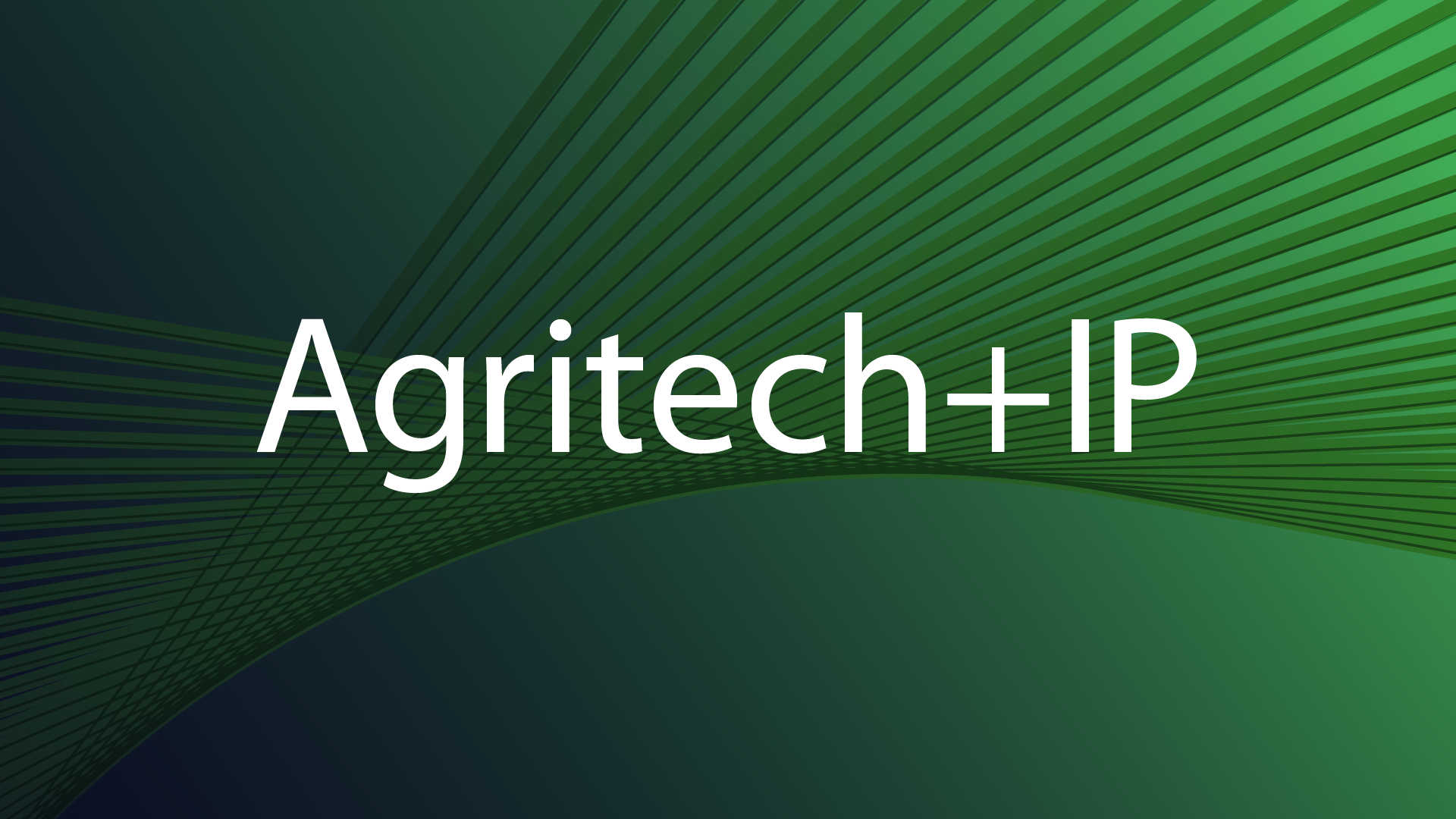Retail Scanner
Who owns NFTs?
July 2022
For any avid readers you may recall back in our Spring Retail Scanner we covered NFTs, specifically what they are and what they mean for retailers and their IP. In this article, we consider ownership of NFTs, the questions and issues surrounding this and recent case law.
By way of brief recap as to what exactly is an NFT (short for “Non-Fungible Tokens”) – NFTs are assets that are secured on blockchain and represent real-world items. Due to the nature of blockchain, once an NFT is formed, it is unique and cannot be replicated. NFTs then find their value in virtual worlds, there are a large number of these such as OpenSea, Roblox, Cyrptoboxes, Decentraland to name just a few.
NFTs have been increasing in popularity in recent years and brand owners have been tapping into this market and its potential. In a recent case brought by Nike over NFTs against Stock X, Nike have clearly described the NFT opportunity as “a goldrush market”, however they also describe how it has become a “virtual playground”, which can lead to new problems. This goldrush potential has clearly been seen by brands with statistics showing that from the beginning of 2022 to the end of March 2022, trade mark applications in the UK, EU and the US were all still showing an increase in the reference to NFTs, as well as the metaverse. As suggested previously, this growth is most prominent in the US. Between January – March 2022, 2,541 new applications were made in reference to NFTs and/or the metaverse, in comparison to 463 at the EU Office and 331 at the UK Office.
As with any new opportunity, it is natural that there are always many unknowns and NFTs are no exception. Case law is still very new in this area and what case law has crept up is largely still pending and so is evolving gradually. One such uncertainty has surrounded ownership of NFTs in many senses of the word “ownership”, where the question relates to what exactly do you own and what rights do you have.
Recalling that NFTs represent real life products, it can lead to confusion that there is some link to that real world product. However, when an NFT is sold and purchased, the real world that it represents itself is not actually what is owned. What you own is the metadata comprised of blockchain, which means when purchasing an NFT, it is just the data that is purchased. There are some unique cases such as Stock X’s NFTs, where you purchase an NFT sold by Stock X and the NFT can be used as a “claim token” to take ownership of the original items that the NFT represents. However, even in that situation, Stock X remove the NFT once you take ownership of the real product, so essentially there is a line between ownership of the metadata that the NFT is and the physical product it represents, which has to be clearly understood.
When it comes to you owning the NFT and digital representation that portrays, it might seem quite simple. You can provide evidence of the purchase, it is displayed digitally in your collection, the purchase can be traced on the blockchain to establish your ownership, however the issue that arises is whether you have total ownership of that work. Ultimately you purchase the NFT, but it is not wholly clear if you also own the copyright in the representation. The copyright traditionally originates and remains with the creator, which means purchasing the NFT does not directly transfer this right and could limit your use and/or ability to profit off of such NFT. In theory, licenses could be obtained and established but this is an important consideration to bear in mind to be able to fully maximise the potential value of any NFT.
With these points of uncertainty, there had been questions whether NFTs would be viewed as property in the eyes of the law and even amongst the NFT community. The first question is whether the NFT counts as property and second, if we can establish ownership, will there be injunctions and remedies to legally intervene and help deal with the increasing threat of hacks and thefts of NFTs if they are deemed property. NFTs have been subject to increasing risk of hacks and theft, earlier in 2022 nearly $2million of NFTs had been stolen from wallets on the platform OpenSea via a phishing scam, by way of example. Another pertinent example relates to a recent High Court case in England and Wales, where an individual, Lavinia Deborah Osborne, had purchased NFT artworks from “Boss Beauties” which depicted diverse, successful and empowered women. These were stolen from her wallet in March 2022. She successfully managed to trace the two NFTs to separate wallets and subsequently applied to the High Court of England and Wales to seek an injunction to freeze the assets and prevent further transfer of the NFTs.
Historically cryptocurrency has been frozen, however NFTs are distinct from these and an injunction had not been applied before so this case is a trailblazer. The good news is that the High Court permitted the injunction to be granted which is significant as it confirms that the NFTs are deemed to be property in the eyes of the law and in the event of theft, injunctive relief is possible which will be a huge benefit for trying to control and legitimise the ownership of NFTs.
Summary
For now NFTs have been confirmed to be property, but the question as to what exactly you own still remains to be determined and defined through regulation or case law. There is no doubt that this will evolve rapidly, but it is still clear that a line must be drawn between the digital representation and the physical asset and in all but specially negotiated circumstances, copyright is not transferred unless expressly established.
NFTs certainly seem to be here to stay and it seems from the above that the law is starting carving out how we view these in terms of ownership. There are still unanswered questions but to have such quick developments already is positive. The recurring theme with NFTs for now is “watch this space”, so look out for our upcoming Retail Scanners as no doubt we will have more developments to come!
This article was prepared by HGF’s Trade Mark Attorney Suzan Ure.






























